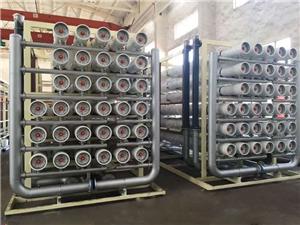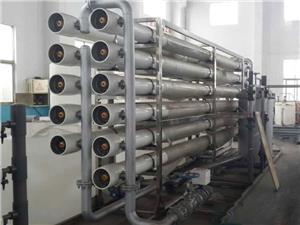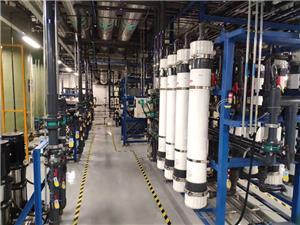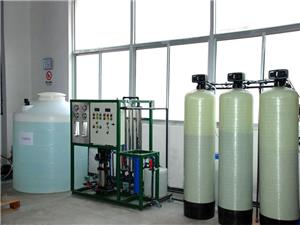How to accurately and effectively reduce the operating cost of the RO system?
The principle of reverse osmosis technology is that under the action of higher than the osmotic pressure of the solution, these substances and water are separated according to the fact that other substances cannot pass through the semi-permeable membrane. The pore size of the reverse osmosis membrane is very small, so it can effectively remove dissolved salts, colloids, microorganisms, organic matter, etc. in water.
Because the RO system has a high-pressure pump and needs to add special antiscalants, the operating cost is high. So how can we reduce the operating cost of the RO system?
Choose ultra-low pressure reverse osmosis membrane
The operating pressure of conventional reverse osmosis membranes is 1.3-1.5 MPa, and the operating pressure of ultra-low pressure reverse osmosis membranes is about 0.8 MPa or even lower (closely related to water temperature), which can save more than 30% of power consumption. For large-scale RO systems, it can basically offset more than 70% of the annual depreciation cost of membranes, and the savings are even more significant.
High pressure pump with frequency converter
In addition to reducing the impact of water hammer when the pump is started, the high-pressure pump equipped with a frequency converter can also set a reasonable operating pressure to reduce valve throttling and energy consumption, and at least quarterly energy can be saved by more than 15% throughout the year.
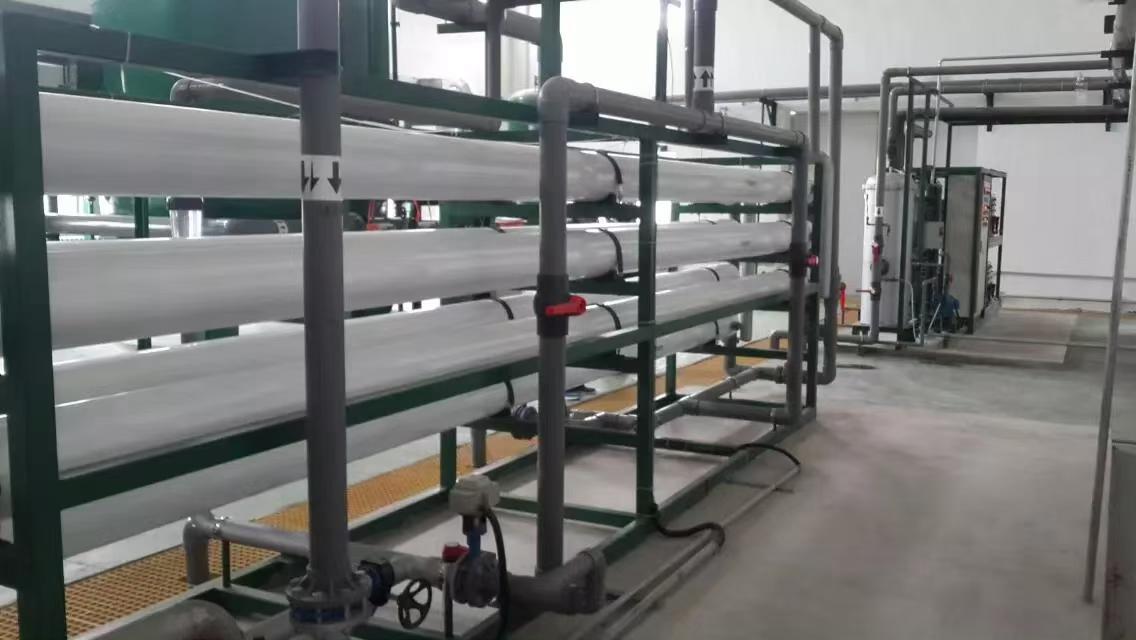
Reasonable calculation of the dosage of scale inhibitor
By analyzing water quality data and optimizing the dosage of chemicals, it can usually save 20% or more of the cost of chemicals.
Appropriately increase the number of membranes and reduce the operating pressure
By appropriately increasing the membrane area, the operating pressure of the membrane can be reduced to a certain extent, and the power consumption can be reduced.
surroundings
If the water temperature is higher than 45℃, the service life of the membrane will be shortened. Generally, the water temperature should be controlled below 40°C, and cooling measures should be taken if necessary. For RO systems, the wastewater contains strong oxidizing substances or easy-to-precipitate substances, which will shorten the service life of the membrane. When designing the system, considering its safety, increasing the preprocessing safety margin and adding a protective shutdown design can avoid such problems.
Use anti-fouling reverse osmosis membranes
Anti-fouling membrane is a reverse osmosis membrane element developed for China's water quality, with high salt rejection, high water yield, high chemical durability, high anti-pollution and ultra-low pressure operation. Under the same water quality conditions, energy consumption can be reduced by 30% -40%, the membrane elements are easier to clean, and while effectively solving the increasingly severe water pollution problem, it can effectively reduce operating costs and bring higher value to customers.
Generally speaking, the service life of reverse osmosis membrane is about 2-3 years, which is a normal phenomenon. However, if there is improper operation, etc., the service life of the membrane will be shortened, and the service life of the direct drinking water equipment will be shortened.

